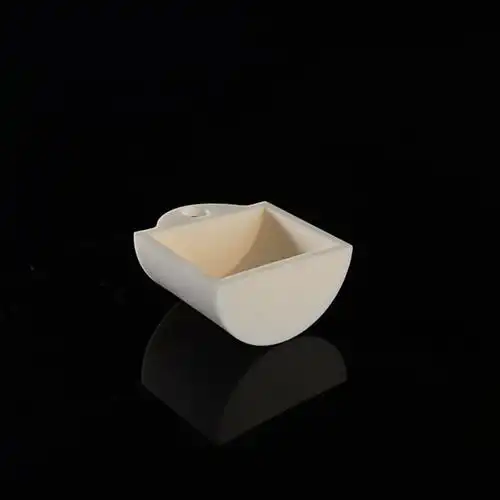Professional Premium Aluminum Oxide Products Supplier
Aluminium oxide is used as a catalyst in the Haber process, where it acts as a barrier to the fusion of the iron particles. It also acts as a promoter in the production of a variety of polymers from ethylene and propylene.
Chemical properties of aluminium oxide
The chemistry of aluminium oxide is not entirely understood, but it appears to have a number of very interesting properties which are important in many chemical processes. It is an effective oxidant of phosphorus, zinc and iron and it has strong affinity for certain elements such as iodine and bromine.
It is used in the catalytic cracking of long-chain hydrocarbons to produce smaller hydrocarbon molecules such as ethene. The small molecules are less viscous and are flammable, making them more useful in industrial applications.
They can be separated by fractional distillation and the by-products are used to make plastics such as high density poly(ethene) which is used in milk jugs, detergent bottles, margarine tubs and garden furniture. Low density poly(ethene) is also used for cling film and bags.
Oxidation of iodine to form deep violet vapour
Iodine is a strong oxidant of many metals, and it is used to oxidise aluminium and zinc oxides. The reaction is exothermic and the excess iodine vaporises forming a deep violet vapour.
It can be used to dehydrate alcohols by passing the vapour over a heated aluminium oxide catalyst. The alcohols are then reacted with water to give the alkenes which are essentially two isomeric ethanols.

